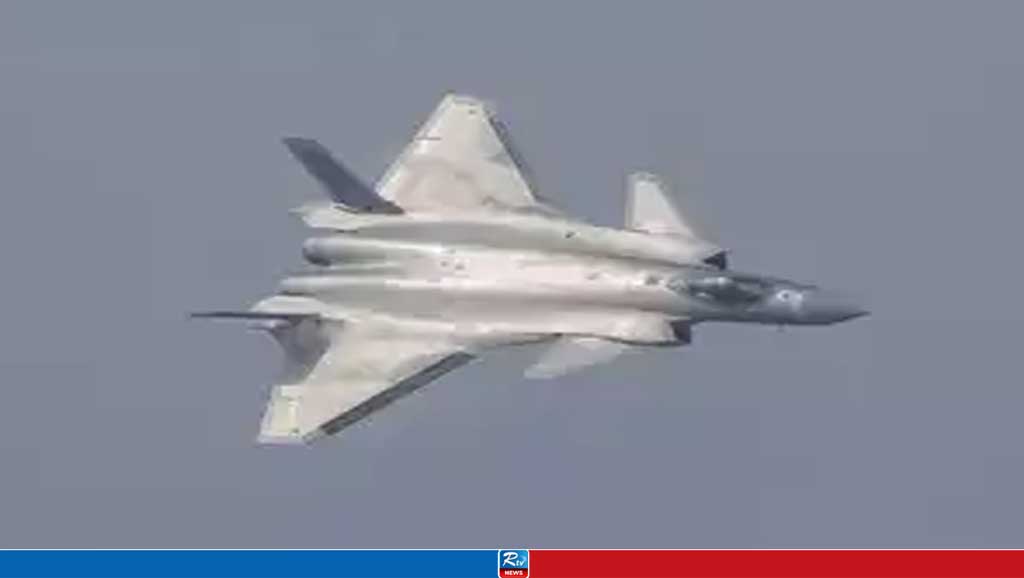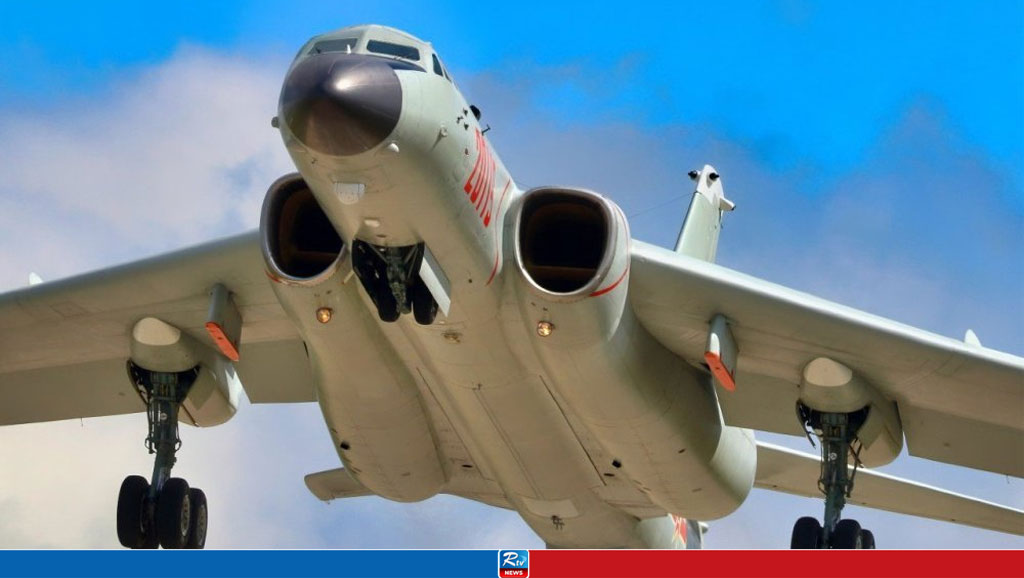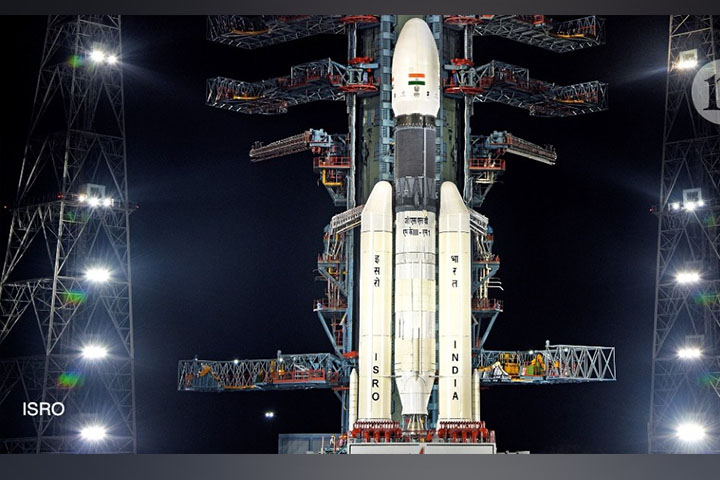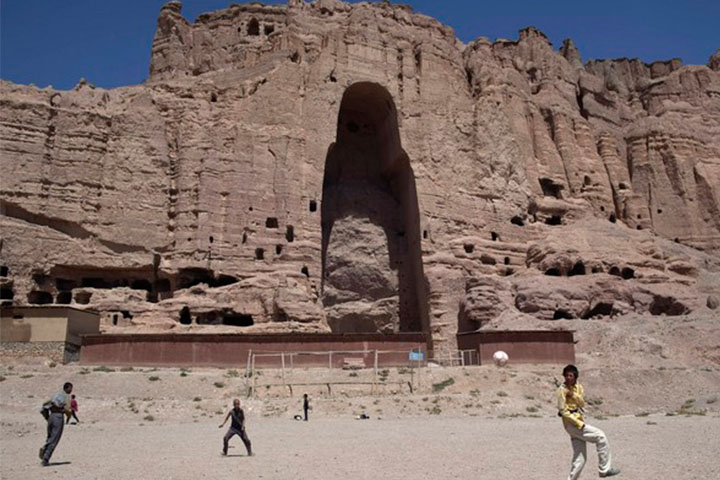When India asked for the moon — and got it
ISRO is now clearly on a very different and ambitious course, which is also very challenging. This new course has its origins in the decision to go in for planetary exploration, beginning with the moon.
It was early 2000, I think, that we began discussing the road ahead for ISRO (Indian Space Research Organisation). By that time, most of Vikram Sarabhai’s early goals for the Indian space programme — self-reliance, launch capabilities, societal needs — had been met, and the question that stared us in the face was ‘what next’.
I remember the issue was vigorously discussed, and a moon probe seemed to be one of the natural options for ISRO to explore. Dr K Kasturirangan, who was the chairman then, set up a committee under Dr George Joseph, director of Space Applications Centre in Ahmedabad, to study what could be done in this regard. The Lunar Mission Study Task Force under Dr Joseph submitted its report shortly, and identified the gaps in our capabilities.
One of the follow-up actions that I took after taking over from Dr Kasturirangan was to ask the VSSC (Vikram Sarabhai Space Centre) in Thiruvananthapuram to assess whether our existing launch vehicle could be used for a lunar mission. At that time, we had PSLV as our main rocket. VSSC came back to say that PSLV could deliver a payload of up to 1,000 kg to the moon orbit. We decided to strengthen the capabilities of PSLV, and when that was created, we realised that we had some excess capacity. It was then proposed that we could invite foreign space agencies to send their instruments on our mission. We received a dozen proposals of which we selected six experiments that complimented what we had planned for ourselves. That is how the foreign instruments got on our mission, which went on to be called Chandrayaan-1.
Simultaneously, ISRO centres and scientists were working on designing the spacecraft, deciding on the science objectives, and building the technology know-how. When we were ready with our plan, we took our proposal to then PM Atal Bihari Vajpayee. It was in 2004, I think, at one of the routine six-monthly reviews of the Department of Space, that I brought up the proposal. Vajpayeeji was excited and immediately interested. In his characteristic poetic flourish, he remarked that the moon looks beautiful from a distance, but it might not be so if we observed it from up close. He was not off the mark, of course. Close-up pictures of the moon, taken from instruments aboard Chandrayaan-1 as well, show an uneven surface with lots of craters.
Vajpayeeji cleared the proposal quickly, and we began preparations with a 2008 launch in mind.
While we were still in the planning stages, President A P J Abdul Kalam once visited ISRO facilities and inquired about the Chandrayaan-1 mission. We gave him a detailed briefing on our plans, the instruments that we would send and the experiments that they would carry out. But he had us all totally stumped when he asked, “How would you prove that you have gone to the moon? What would be the evidence that we have been there?”. I said something to the effect that we will produce data, we will have photographs of the moon. That is not enough, he said, and suggested that just like we have the Indian flag fluttering in Antarctica, we should have something similar on the moon as well. It was Kalam’s suggestion that forced us to include the MIP (Moon Impact Probe) instrument in our mission. It was not part of the original plan. MIP, which had the Indian colours on its sides, was made to crash land on the moon when the Chandrayaan-1 mission went up in 2008. We had left our mark.
Discussions over a follow-up mission, that would include a lander and rover, began immediately, but there were a number of challenges. PSLV was not capable of carrying higher payloads, and we had been facing some difficulties with the development of GSLV. Also, there were huge technological learnings involved, particularly with regard to the descent module that was supposed to land.
In the meanwhile, the idea of sending a probe to Mars came up, and it took precedence over Chandrayaan-2, because this too was also only an Orbiter mission. The Mars mission was a resounding success too. Of course, the Chandrayaan-2 mission, when it was finally launched in 2019, could not make a soft landing, but it is a small setback. These things happen. I firmly believe that Chandrayaan-3, which is headed for the moon orbit now, will surely make up for the failure of Chandrayaan-2.
ISRO is now clearly on a very different and ambitious course, which is also very challenging. This new course has its origins in the decision to go in for planetary exploration, beginning with the moon. Other space agencies like NASA or ESA (European Space Agency) had begun sending missions to the moon, and we were at the risk of being left behind. They would not have shared their data with us, or collaborated with us.
Also, it might have looked futuristic that time, but the idea of having a permanent facility on the moon was very much at the back of our minds when we planned our first lunar mission. We are talking more and more about it now, but even back then, it was one of the drivers for beginning to explore the moon.
Source: Indian Express
24 Jul 2023,15:32

















 Live Tv
Live Tv









